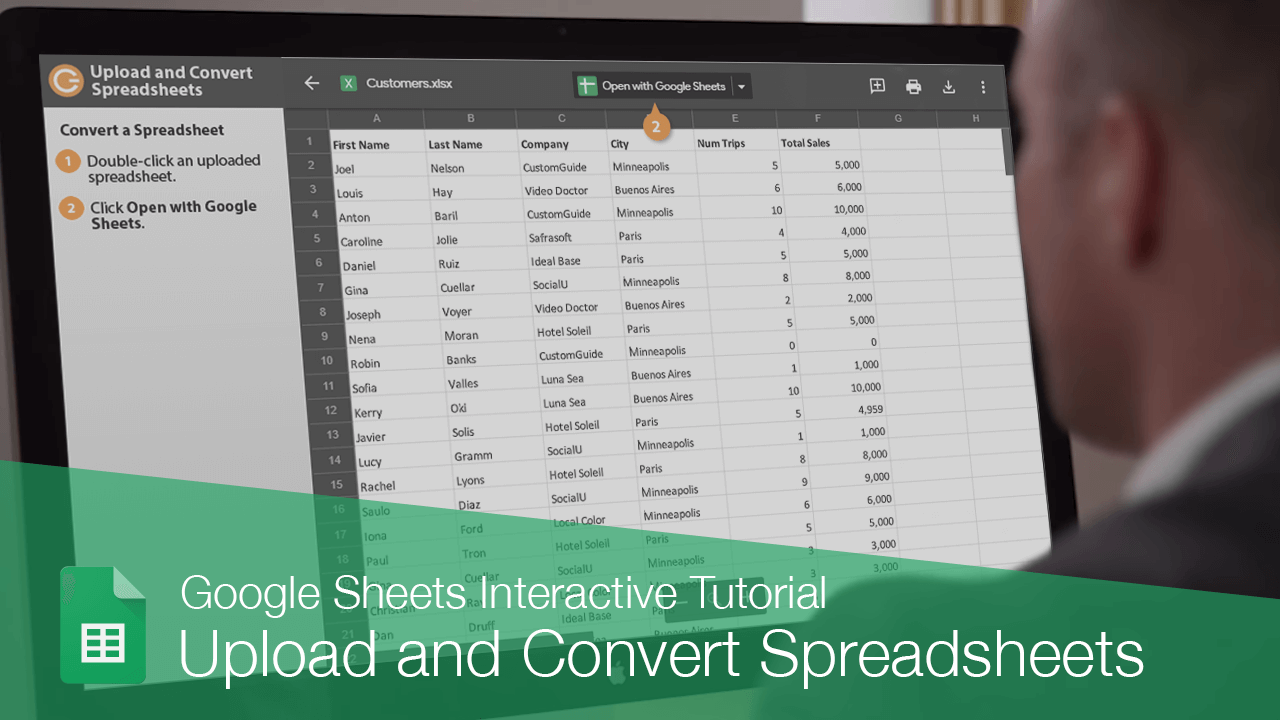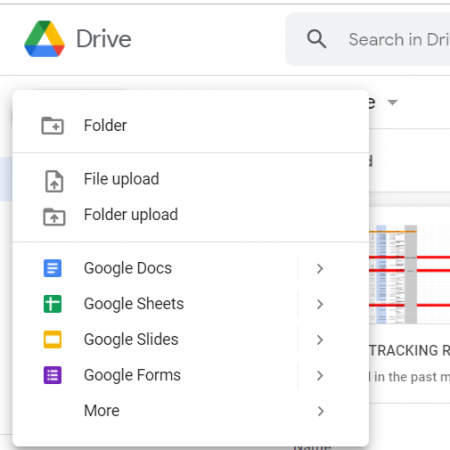Convert Excel to Google Sheets in a Few Clicks

Are you looking for a seamless way to move from Microsoft Excel to Google Sheets? Excel spreadsheets are a staple in many workplaces due to their extensive features and versatility in handling large datasets. Yet, the shift to cloud-based solutions like Google Sheets presents a compelling case with benefits like real-time collaboration, ease of access from any device, and automatic saving. This guide will walk you through the process of converting your Excel files to Google Sheets efficiently, ensuring you can enjoy the advantages of both tools without disruption.
Why Switch to Google Sheets?

Before we delve into the conversion process, understanding the benefits of Google Sheets can motivate the switch:
- Collaboration: Multiple users can work on the same sheet simultaneously, seeing edits as they happen.
- Access Anywhere: Since it’s cloud-based, you can access your spreadsheets from any device with internet access.
- Free Service: Google Sheets is free with a Google account, unlike Excel, which requires a Microsoft 365 subscription.
- Automatic Updates: Your work is saved automatically, eliminating the risk of data loss from system crashes or power failures.
- Integration: Google Sheets easily integrates with other Google Suite tools like Docs and Forms, enhancing productivity.
Preparing Your Excel File

To ensure a smooth transition:
- Ensure all formulas are working correctly in Excel before conversion. Google Sheets might not support Excel’s specific functions or macros in the same way.
- Check for any locked cells or protected ranges, as these might not retain their status in Google Sheets.
- Review any complex formatting or conditional formatting; some may not transfer exactly as intended.
Converting Excel to Google Sheets

The conversion is straightforward with these steps:
Step 1: Upload Your Excel File

- Open Google Drive in your web browser.
- Click the + New button on the left side, then select File upload.
- Locate your Excel file on your computer, select it, and upload.
⚠️ Note: Be aware of the file size limit for uploads; Google Drive has a maximum file size of 5TB, though larger files might take longer to upload or cause stability issues.
Step 2: Convert to Google Sheets

- Once the file is uploaded, right-click on the file in Google Drive.
- Select Open with, then Google Sheets.
Step 3: Check Your Data

- Formulas: Ensure all formulas are still working; fix any issues manually.
- Formatting: Look over cell formatting, alignment, and any custom styles.
- Sorting and Filtering: These features transfer but might need resetting.
| Feature | Excel | Google Sheets |
|---|---|---|
| Formulas | Supports advanced Excel-specific functions | Might require manual adjustments for complex functions |
| Macros/VBA | Excel has a robust VBA environment | Google Sheets uses Google Apps Script, which is less complex |
| Formatting | Excel's formatting might not fully transfer | Google Sheets provides similar, but not identical, formatting options |
| Collaboration | Requires separate tools like OneDrive or Excel Online for real-time collaboration | Natively supports real-time collaboration with multiple users |

Tips for a Smooth Transition

- Backup: Always keep a backup of your Excel file; not all features might translate perfectly.
- Educate Team Members: Make sure your team knows how to work with Google Sheets, including shortcuts, features, and best practices.
- Compatibility Mode: Use Excel’s Compatibility Checker before conversion to identify potential issues.
After following these steps, you'll have your Excel file converted to Google Sheets, ready for collaborative work and cloud-based storage. The migration might require some manual tweaks to restore any lost functionality or formatting, but the advantages of working in Google Sheets can quickly justify the effort.
The key takeaways include the seamless collaboration offered by Google Sheets, the convenience of having your spreadsheets accessible from any device, and the ease of integrating with other Google Workspace tools. While there are minor adjustments to make, the benefits far outweigh the minor inconveniences encountered during the transition. Remember to prepare your Excel files, backup your data, and familiarize your team with Google Sheets for the best experience.
What happens to my Excel macros when I convert to Google Sheets?

+
Excel macros do not automatically transfer to Google Sheets. Instead, you’ll need to recreate similar functionality using Google Apps Script, which has its own set of commands and features.
Can I still use Excel after converting my files to Google Sheets?

+
Absolutely! You can still use Excel, and if you need to, you can export your Google Sheets back to Excel format. Google Sheets also provides the ability to edit Excel files directly in their online environment, bridging both ecosystems.
How do I handle large datasets when converting to Google Sheets?

+
Google Sheets has cell and row limits, so large datasets might not transfer completely. You may need to split your Excel files or use Google Sheets’ data import options to manage large amounts of data effectively.



